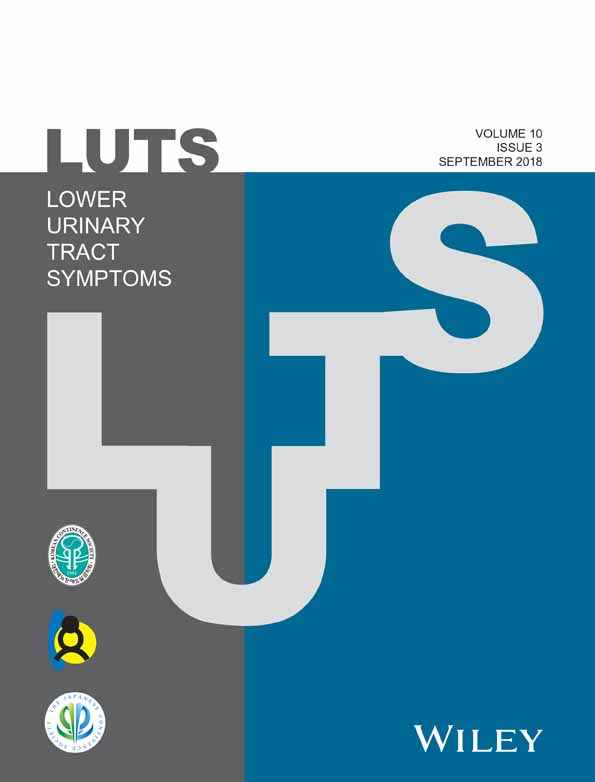Low-dose Desmopressin and Tolterodine Combination Therapy for Treating Nocturia in Women with Overactive Bladder: A Double-blind, Randomized, Controlled Study
Abstract
Objective
Evaluation of safety and efficacy of desmopressin/tolterodine combination therapy in women.
Methods
This double-blind, randomized, proof-of-concept study enrolled 106 patients (≥18 years), with overactive bladder (OAB) and nocturia, with ≥2 nocturnal voids, receiving a 3-month once-daily combination (desmopressin 25 µg, orally-disintegrating tablets [ODT]/tolterodine 4 mg [Detrol® LA]; n = 49) or monotherapy (tolterodine 4 mg/placebo ODT; n = 57). Primary endpoint was change from baseline in mean number of nocturnal voids. Secondary endpoints were change from baseline in nocturnal voided volume, time to first nocturnal void, and quality-of-life. Post-hoc exploratory analysis were performed for patients with and without baseline nocturnal polyuria (NP, n = 47 each).
Results
Overall population showed a non-significant reduction in mean number of nocturnal voids with combination versus monotherapy (full analysis set: adjusted treatment contrast [TC], −0.34; P = 0.112). Change in mean nocturnal void volume (TC, −64.16 mL; P = 0.103), mean time to first nocturnal void (TC, 18.00 min; P = 0.385) and Nocturia Impact (NI) Diary© scores were comparable. In post-hoc analysis, NP patients showed a benefit with combination versus monotherapy for nocturnal void volume (P = 0.034) and time to first nocturnal void (P = 0.045), and a non-significant improvement in NI Diary© scores. Safety profile was comparable between treatments. A single transient event of asymptomatic clinically significant hyponatremia in combination group resolved subsequently.
Conclusion
Low-dose desmopressin could be safely combined with tolterodine for treating nocturia in women with OAB, with a significant benefit in women with NP. Further, prospective validation studies of combination therapy are warranted in mixed NP/OAB population, based on this favorable proof-of-concept finding.




